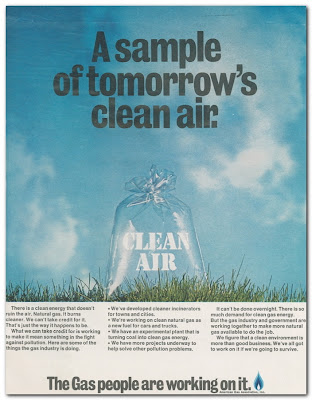 Howdy from Boston. Spending too much time in one part of the country sometime makes me forget great brands in other parts of the country – it’s more true now as Signalwrite Marketing than when I was the creative director of a nationally oriented B2B agency. Arriving in Boston, though, it is hard to ignore Staples.
Howdy from Boston. Spending too much time in one part of the country sometime makes me forget great brands in other parts of the country – it’s more true now as Signalwrite Marketing than when I was the creative director of a nationally oriented B2B agency. Arriving in Boston, though, it is hard to ignore Staples.Staples is the world's largest office products company and the mid-1980s were a key growth era. I remember its more-or-less original slogan, “Yeah, we've got that.”
This slogan was retired in 2003 when Staples hired Martin|Williams in Minneapolis to create a new brand. The old slogan was replaced with “That was easy.” Expanding on that theme, 2005 ads featured a large red push-button marked “easy.” In 2006, Staples' new ad agency, McCann Erickson (creative), and MediaCom (media-buying) won a gold Effie for the effectiveness of their "Easy Button" campaign, which has sold 1.5 million prop Easy buttons.
It’s a brand strategy – reduced in the best possible sense to three words and a visual – that lives long and prospers. In fact, as recently as last week Peter Cohan was blogging on InvestorPlace.com that Staples is a considerably better investment than poor-performing Office Depot.
The Easy Button is one of the great distillations of a wonderful brand solution. Glad I’m in Beantown to be able to blog about it.






